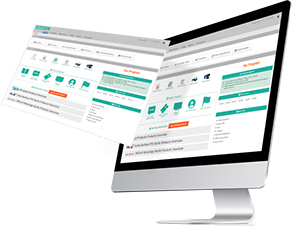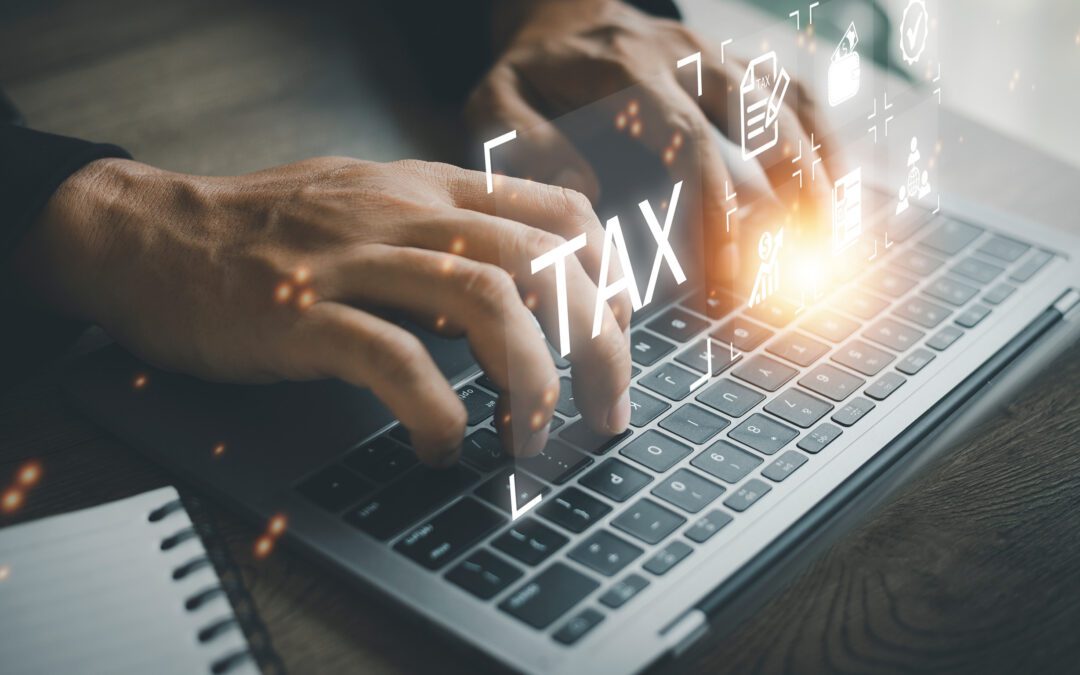Starting a tax preparation business? Maybe you’re exploring software options while your EFIN application processes, or perhaps you haven’t started the application yet. Either way, you need to understand how your software experience changes without this vital IRS credential.
The Basic Preparation Process
Most business tax software offers complete preparation features regardless of your EFIN status. You’ll access all the essential tools: data entry, calculations, form preparation, and error checking. The software handles the heavy lifting of tax calculations and form selection.
But without an EFIN, you’ll face limitations when it comes time to file. Your options will be:
- Having clients mail their returns themselves
- Partnering with an authorized e-filer (sharing your fees)
- Delaying e-filing until your EFIN arrives
Client Management Realities
The software itself works perfectly. It’s the filing limitations that complicate your client relationships.
Without an EFIN, you can’t access the integrated e-filing features your clients expect. Each return becomes a longer process, requiring extra steps and explanations about why you can’t provide instant filing status updates.
Tax season magnifies these challenges. While preparers with EFINs handle returns end-to-end in their software, you’re juggling manual processes and client questions about filing delays.
Security and Professional Requirements
Your tax software includes robust security features, but operating without an EFIN doesn’t reduce your professional obligations to the IRS’ requirements for data protection, record keeping, and information security. The software provides the tools—you provide the professional oversight.
So, Is It Worth Starting Without an EFIN?
The tax software will work perfectly for preparation. The calculations will be accurate. The forms will be complete. But here’s what running a practice without an EFIN really means:
Revenue Impacts
Every e-filed return requires partnering with another preparer, splitting your hard-earned fees. During busy season, when you should be maximizing revenue, you share profits or lose clients who want direct e-filing.
Workflow Challenges
While other preparers complete returns entirely within their software, you add manual steps to every client interaction. What should take minutes could stretch into hours of extra work and follow-up.
Professional Growth Limits
Tax preparation networks look for professionals with their own EFINs. Without one, you’re cut off from valuable partnerships and referral sources. Your practice hits a growth ceiling that only an EFIN can break through.
Client Experience Gaps
Modern tax preparation means instant e-filing and quick status updates. Instead, you’re explaining process limitations that have nothing to do with your expertise or software quality. These conversations often end with clients seeking preparers who can e-file directly.
Getting Your EFIN Now
Starting a tax business without an EFIN feels like a shortcut. But deep down, you know it’s holding you back. Those profit-sharing arrangements? The manual filing headaches? They’re costing you more than the effort of getting your EFIN.
Plus, filing for an EFIN isn’t as complex as you might think. Here’s what you need to do:
1. Gather Your Documents
First, collect your paperwork. You’ll need your Social Security card, your latest tax return, and a current email address. Any credit card statement or mortgage document works fine for financial verification. And yes, you must have a U.S. mobile number—it’s non-negotiable for IRS security purposes.
2. Create Your E-Services
Next up is your IRS profile. Don’t let the government website intimidate you. The system walks you through each step: setting up two-factor authentication, verifying your identity through financial records, and creating your secure login. Take your time here—accuracy beats speed.
3. Submit Your EFIN Application
Now comes the part many preparers dread (but shouldn’t). You’ll choose Electronic Return Originator status, submit your fingerprints at an approved location near you, and complete the background check. Be honest about your history—the IRS appreciates transparency more than perfection.
The whole process takes about 45 days. Use this time to master your tax software, set up your business systems, and prepare for e-filing.
What Happens After EFIN Approval?
Once the IRS approves your application, you’ll receive your EFIN through your e-services account. Here’s what’s next:
Connect Your Software
Your business tax software needs your EFIN—it’s usually just a settings update. Once it’s in, you’re ready for direct e-filing. No more sending files to third parties or printing returns for manual filing. Your clients’ returns go straight to the IRS.
Fix Your Pricing
Remember those profit-sharing deals with e-file providers? You’re finished with those. Now, you keep what you make. Most preparers raise their rates because they’re offering better service. And since e-filing is faster, you can handle more returns during peak season.
Give Clients What They Want
This is the big one—your clients get what they expect: quick e-filing, direct deposit options, and real-time updates about their refund. They’re not waiting on manual processing or wondering where their return stands. File today, track tomorrow.
Start testing these features before tax season hits. Send a test return. Try the tracking system. Get comfortable with your new tools. When clients come in, you’ll be ready to show them how smooth tax filing should be.
Conclusion
It’s possible to run a tax business without an EFIN—many preparers start this way. But manual processing eats your time, profit-sharing cuts your earnings, and clients expect better. Why not take those 45 days for EFIN processing as your first step toward a more robust and profitable practice?





